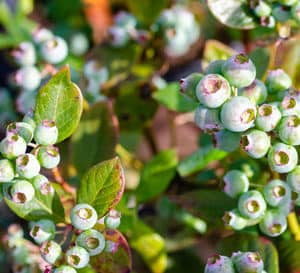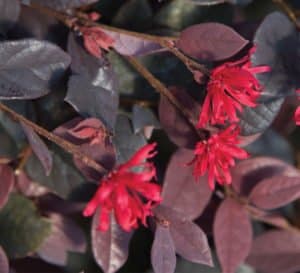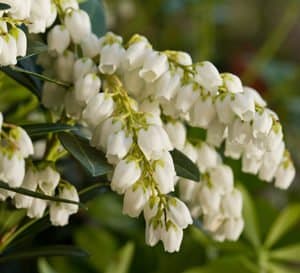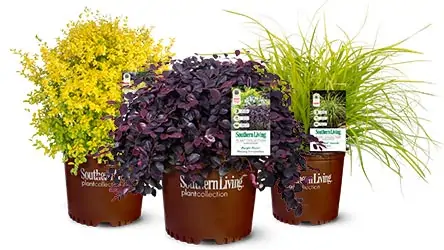Spring is (almost) in the air! Birds are about to start singing; the days are about to start getting longer, and best of all – the first blooms are just around the corner. This is a crucial time for pollinators like bees, butterflies, and hummingbirds as they emerge from their winter slumber and search for food. Want to help your local wildlife and add gorgeous color to your garden? Plant some early-season bloomers!
Why Early Bloomers Matter:
Early-season blooms are essential for pollinators that are just waking up after winter. They provide a much-needed source of nectar and pollen, fueling their activity and helping them start their colonies. By planting various early-blooming plants, you can create a welcoming habitat for these essential creatures and contribute to a healthy ecosystem.
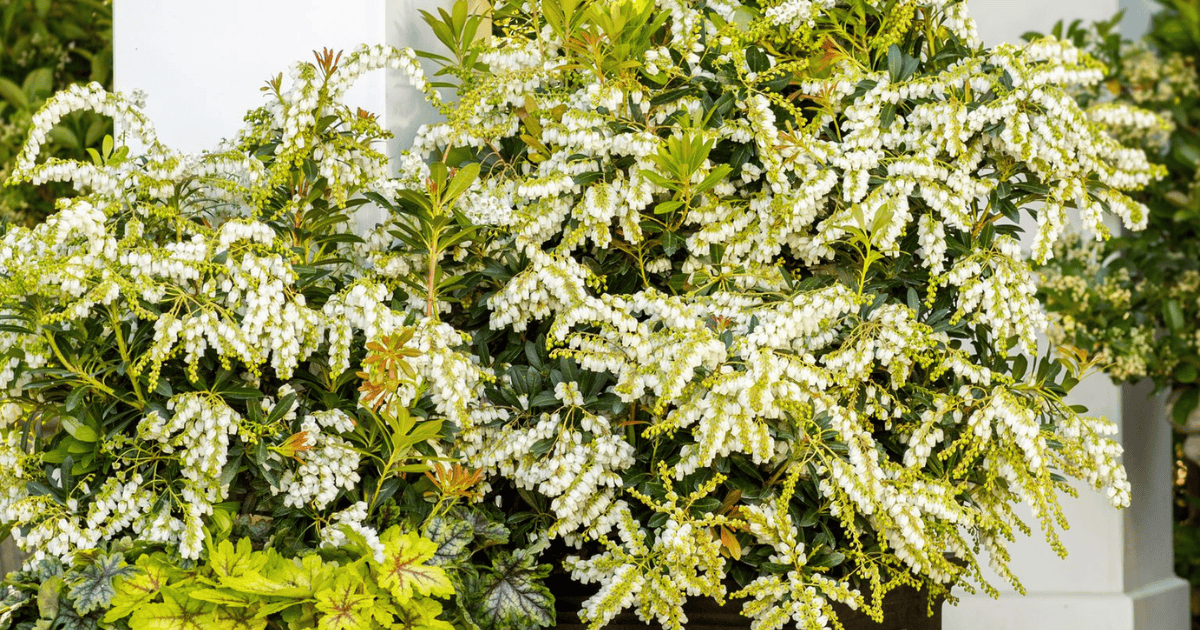
Here are a few flower powerhouses to get your landscape blooming:
Mountain Snow™ Pieris: This elegant evergreen shrub is a true harbinger of spring. Its delicate, bell-shaped white flowers dangle gracefully, creating a snowy spectacle against the backdrop of glossy bronze and dark green foliage. Pieris is a favorite of early-season bees and adds a touch of refined beauty to any landscape. It thrives in partial shade to shade and acidic soil.
Red Diamond™ Midsize Loropetalum: Looking for an early pop of vibrant color after the long winter? Loropetalum delivers with stunning, fringe-like crimson flowers contrasting beautifully against deep burgundy foliage. This shrub not only provides a feast for the eyes but also attracts pollinators with its nectar-rich fringe-like blooms. Loropetalums prefer full sun to partial shade and well-drained soil.
Ever Amethyst™ Agapanthus: While some Agapanthus varieties bloom later in the season, ‘Ever Amethyst’ graces us with its stunning purple blooms earlier than most and continues to rebloom until fall! These striking, globe-shaped flower clusters sit atop tall, elegant stems, adding a touch of elegance to the garden. Bees and butterflies are drawn to the vibrant color and abundant nectar. Agapanthus thrives in part sun and well-drained soil.
Downhome Harvest® Hello Darlin® Blueberry: Not only will you be enjoying delicious blueberries in the summer, but your early-season garden will also be buzzing with activity thanks to the charming blueberry blossoms! These delicate white flowers are a valuable early nectar source for pollinators. Plus, who doesn’t love the promise of fresh, homegrown blueberries? Blueberries need acidic soil and full sun to thrive.

Tips for Attracting Pollinators:
- Plant in groups: Clumps of flowers are easier for pollinators to spot and provide a more concentrated food source.
- Choose a variety of colors and shapes: Different species of pollinators are attracted to different types of flowers.
- Avoid pesticides: Pesticides can harm pollinators. Opt for natural pest control methods whenever possible.
- Provide a water source: A shallow dish of water with pebbles for landing can help pollinators stay hydrated.
- Leave the leaves and spent flower stems: Resist the urge to tidy up your garden too much. Many pollinators overwinter in the hollow stems of plants or under fallen leaves. This simple act can make a big difference in supporting your local pollinator populations.
So, get out there and start planting! As your garden comes alive with the sights and sounds of buzzing pollinators, you’ll be rewarded with the satisfaction of knowing you’ve played a vital role in supporting their populations and creating a landscape teeming with life. Your garden (and the pollinators) will thank you!

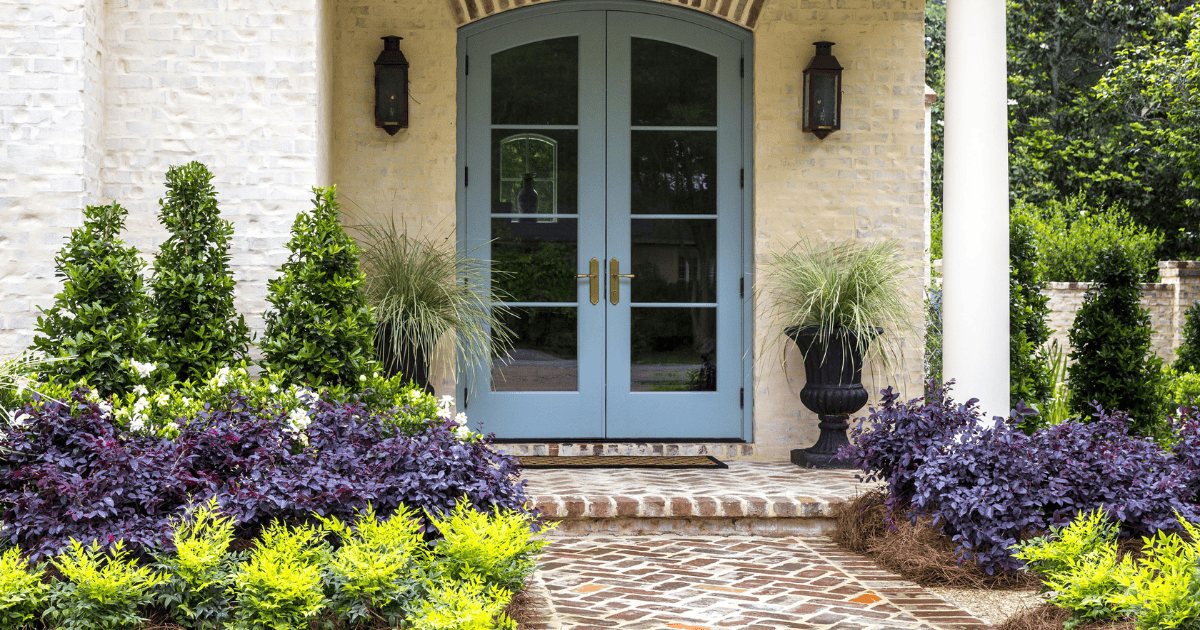




_300x273-300x273.jpg)
